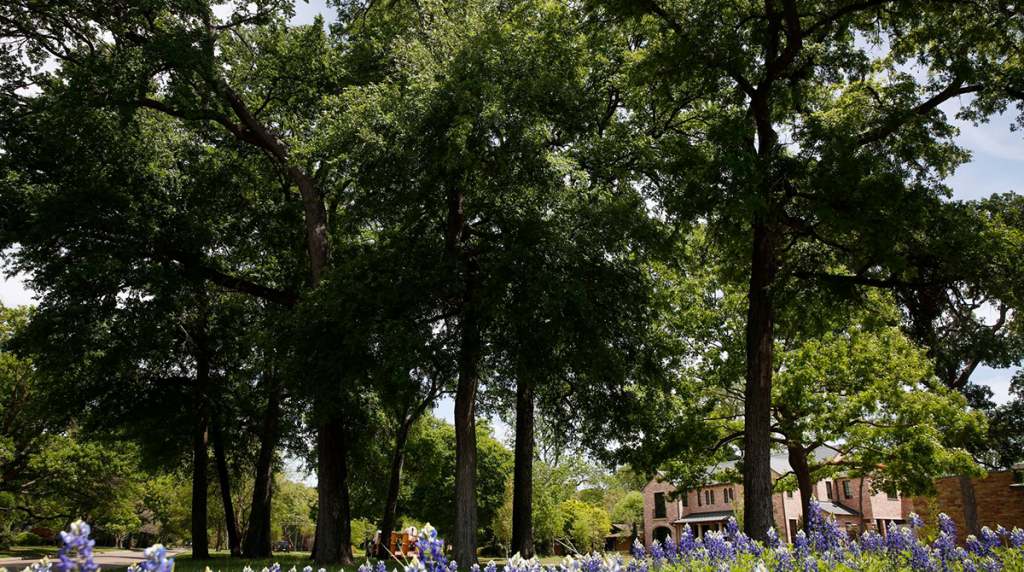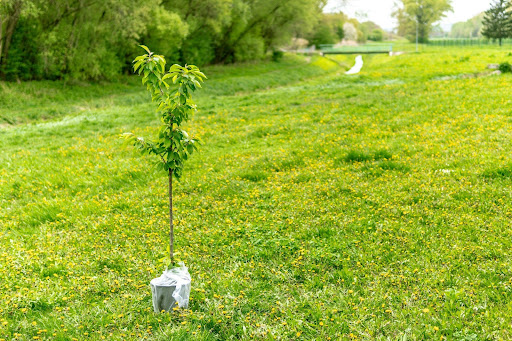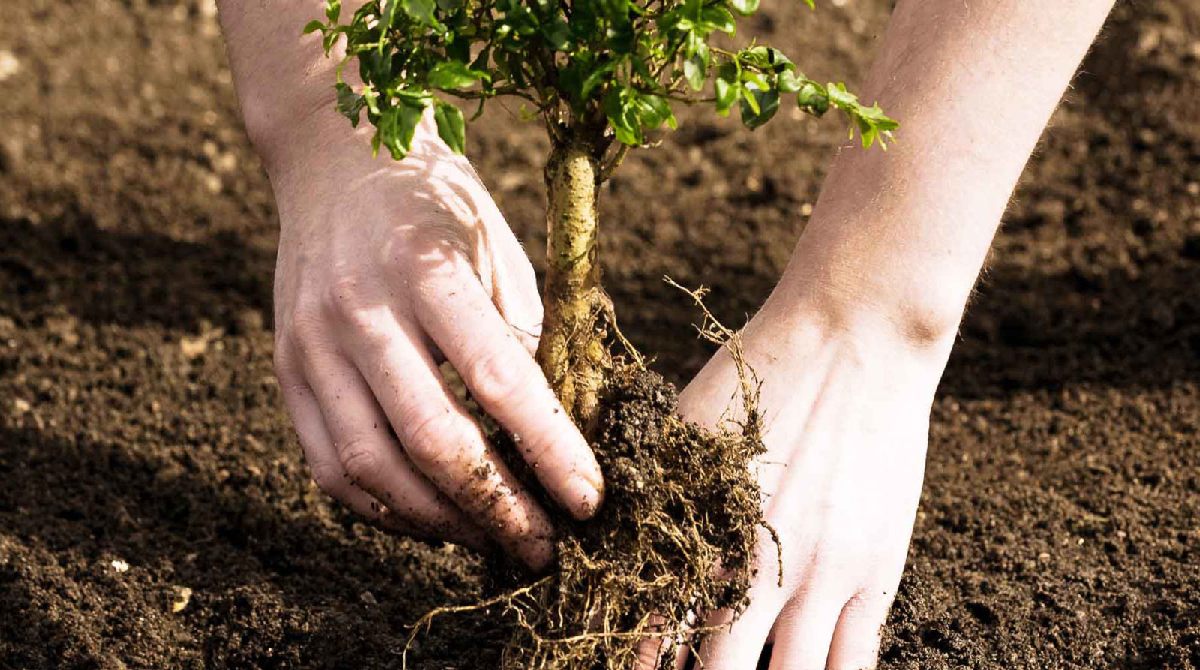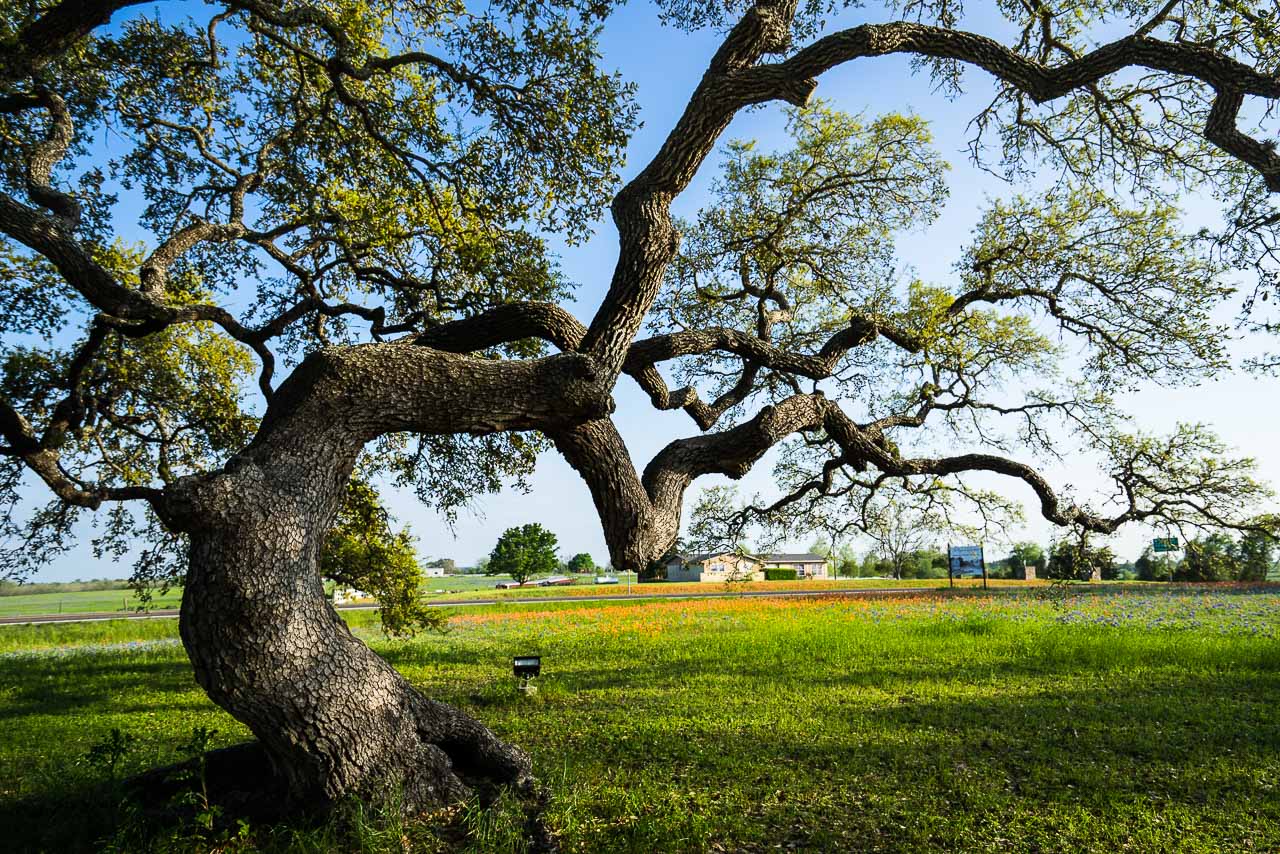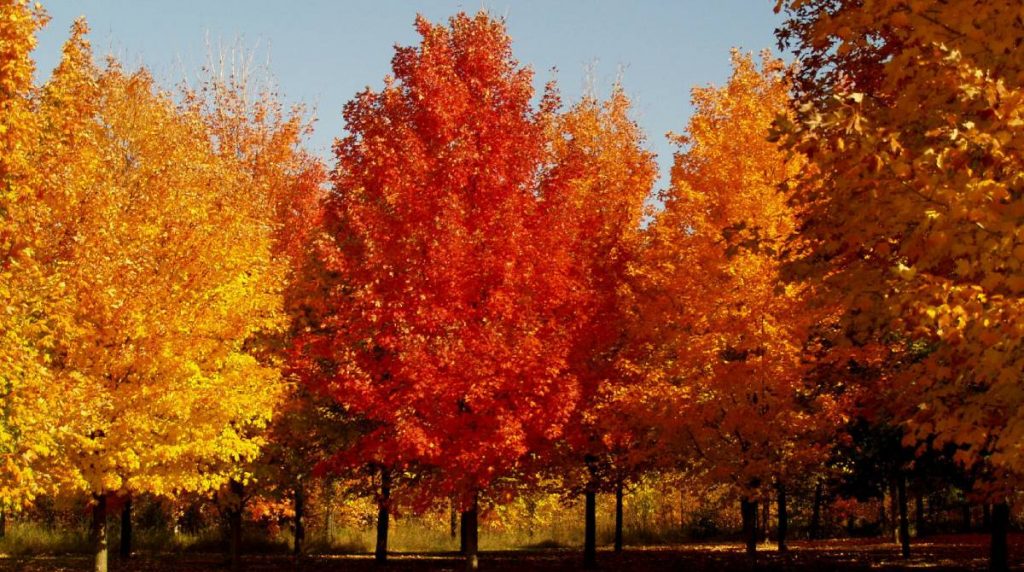
How to Properly Care for Maple Trees in North Texas
Date July 29, 2021
Category
Of all the trees in North America, Maple trees are some of the most widely recognized. That’s primarily because of their distinctive star-shaped leaves and flaming fall color. Texas Maple tree leaves have 3 to 5 points with saw-toothed lobes. Most turn a brilliant shade of red in the fall, although some varieties turn a stunning orange-yellow color. While there are more than 130 Maple trees worldwide, many can be grown right here in the Dallas-Fort Worth area. In North Texas, Red Maple trees, Sugar Maples, Japanese Maples, and Paperbark Maples are just a few of your options. However, it is essential to take specific steps and precautions when planting Maple trees in Texas. Below is our overview of these beautiful trees and what you need to know about caring for them.
Planting Maple Trees
Before you plant a Maple Tree, it is important to note the growing season for your chosen species. In North Texas, where temperatures don’t usually stay below freezing for long periods of time, Maples can be planted year-round. However, they do best when planted in the fall. In ideal settings, the Red Maple growth rate can rival other well-known fast-growing trees for Texas — between 12 and 36 inches per year! However, to reach its full potential and provide maximum benefits, the Texas Red Maple tree should be planted in neutral or acidic soil and full sun with plenty of moisture. You will need to dig a hole approximately as deep as the root ball of your Maple and roughly 3 feet wide. The roots of Maple trees tend to sit just below or above ground and therefore pose a potential threat to nearby driveways, sidewalks, and foundations. For this reason, it’s best to plant them 25 feet away from any structures or other Texas trees to prevent damage. Place the tree in the hole and begin to backfill with soil, being sure to eliminate air pockets as you go.
It’s important to note that Maple trees’ bark is particularly soft and easily punctured by lawn tools or flying debris. This can lead to disease and decay of the tree, so care should be taken when mowing and trimming your grass to avoid injuring your tree.
Maple Tree Care in Texas
To give your Maple the best opportunity to thrive, you will want to either hire a professional tree care service or familiarize yourself with the basics of tree health care. This includes watering, fertilization, and pruning.
- Watering — how much and how often? This will depend on the location of the tree. In a naturally moist area, you can get by with less frequent watering. If, however, your yard tends to dry out quickly, you will need to pay close attention to your new Maple and the surrounding soil. A good rule of thumb is to dig down a few inches and note the moisture level. If you encounter moisture, it is safe to wait a few days. If the soil is dry, it is recommended that you water it immediately. This can be accomplished by providing a slow but constant stream of water. This will prevent oversaturation of the top layers of soil and allow the water to soak all the way down to the lower roots. You should add a layer of mulch around the tree’s base as an added measure to help retain moisture.
- Fertilizer — what kind and when? Fertilizing Maple trees is an important part of overall care and can help boost growth rate and general health. Soil pH will play an important factor in this, and you can test for it on your own with a store-bought kit. If you are unsure, a certified arborist tree service can assist you. Maples require a pH of 4.5-6.5 and will do poorly in alkaline soil. In most cases, you can apply a general-purpose fertilizer once a year in early spring.
- Pruning — is it necessary? Pruning, or removing weakened or dead branches from a tree, is essential for young Maple trees. It’s also important to know how to do it properly. This is another instance in which reaching out to a certified arborist may be a good idea. Should you decide to tackle it yourself, be sure to wait until late spring or early summer. This will allow your tree to achieve maximum growth for that season. Trim off any branches that intersect or appear to be growing straight up, as well as a few inches off the top. As your Maple matures, you will only need to prune weakened, dead, or diseased branches.
Maple Tree Health
Maples, like other trees, can be susceptible to disease and other issues. As mentioned, the soft bark can be easily damaged and provide an entry point for bacteria and pests. Some common issues you may run into include:
- Tar Spot — this airborne fungus only affects Maples. It is easily identifiable as black spots on the leaves of infected trees. While the stark discoloration of the leaves may give your tree a diseased look, rest assured that the internal structure is left unharmed. However, infected leaves will have a reduced capacity to perform photosynthesis, so it’s important to take care of the problem. This can be achieved by raking and removing leaves falling from your tree. Because Tar Spot only affects Maples, you do not need to be concerned about your other trees unless other unaffected Maples are nearby. Swift removal of fallen leaves will reduce the ability of the fungi to become airborne once again and reinfect the tree.
- Leaf Gall — you may begin to notice small growths on the leaves of your Maple tree. These are caused by mites or other small insects laying eggs and are simply the tree’s natural reaction. No lasting damage is caused to the tree, though the growths may be unsightly. You can reduce the likelihood of an infestation by removing and promptly disposing of affected branches. There are also several sprays available to prevent or treat a mite infestation.
- Verticillium Wilt is caused by a soil-borne fungus that infiltrates the tree’s vascular system and eventually stops the water flow. This causes the leaves to turn yellow or brown and die. Verticillium Wilt can be an acute or chronic issue. In an acute case, only a few branches may be affected and can be removed. The entire tree is affected in a chronic case and will appear sickly with small, yellowed leaves and a poor growth rate. Unfortunately, because the fungus lives in the soil, there is no cure for Verticillium Wilt. Treatment focuses on preserving as much of the tree as possible, removing diseased limbs, and maintaining ideal growing conditions.
- Gloomy Scale — a common problem for Maple trees. Like other scale insects, the Gloomy Scale secures itself to the tree and looks like a growth rather than an insect. They are dark in color and often mistaken as mold. They are sap-sucking insects that use their sharp mouthparts to pierce the bark and feed. As the infestation progresses, the branches and trunk of the tree can be completely covered by these insects. You might also notice branch dieback and a thinning canopy in the later stages. Gloomy Scale can overwinter and continue to multiply in the spring. If left unattended, it can kill your Maple tree.
TreeNewal’s ISA Certified Arborists offer expert care for your Maple tree.
If you notice any of these or other abnormal features on your Maple tree, contacting a professional tree care company in Dallas-Fort Worth that offers a full range of expert tree care services is your easiest and surest option. TreeNewal is here to help when you need us. We have multiple ISA Certified Arborists on staff, as well as a team of highly trained and experienced tree care professionals who can optimize the health of your Maple trees. With the right care and attention, your Maple can provide beauty, shade, and interest to your yard for years to come. To schedule an appointment with our ISA Certified Arborists, call us at tel:(817) 592-6846 or visit us online at treenewal.com.
To learn more about How to Care for Maple Trees in North Texas Properly, TX, call our Argyle and Southlake-based teams
at tel:(817) 592-6846 or send us a message.
We’re a little different than the average tree services company.
Learn more about TreeNewal’s ISA Certified Arborists!
Our Dallas/Fort Worth-based tree doctors can explain how sustainable tree care services add more value to your bottom line.
Healthy trees, healthy lives.
